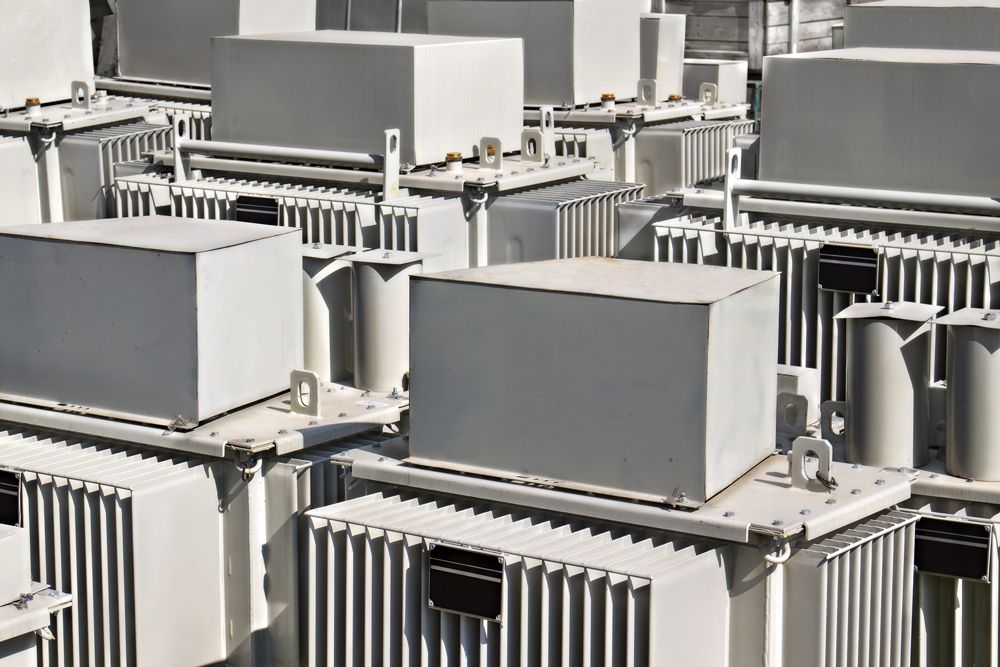Dual Lane Trailer/Transporter Permits and Rules
Dual Lane Trailer/Transporter Permits and Rules
Dual lane transporters are made to spread the load you’re hauling so it will meet highway and bridge-load limits.
Dual lane transporters are perfect for moving heavy loads, including power plant equipment (such as transformers, turbines, and generators) and refinery equipment (like pressure vessels and exchangers) over public roads. To determine when dual lane transporters are warranted, study the oversize and overweight regulations for the areas you’ll be transporting through.
Federal Regulations
The federal government has set forth certain guidelines for overweight and oversize loads on interstate highways. The maximum allowable weight allowances are as follows.
- 20,000 pounds single axle weight
- 34,000 pound tandem axle weight
- 80,000 pounds gross vehicle weight
When there are two consecutive sets of axles, each set may carry its own load of 34,000 pounds as long as the distance between the first and last axle is at least 36 inches.
Any applicable permits and fees are determined on a state-by-state basis. Always look up the regulations and requirements for each state an oversize load will travel through.
Louisiana Regulations
The state of Louisiana posts no set length limits, and load length is assessed on a per-case basis. Oversize load permits must be acquired before entering the state and are issued based on the number of days the load will be inside state lines. Louisiana requirements for weight, height, and width follow.
Weight Limits
- 108,000 pounds per 5 axles,
- 120,000 pounds per 6 axles
- 132,000 pounds per 7 axles
- 152,000 pounds per 8 axles
Width and Height Limits
The general maximum allowable width is 18 feet, and 14 feet on interstates. Loads may not be taller than 14 feet, 8 inches. Loads that exceed 125 feet in length require a state police escort. Loads over 16 feet high must have a state police escort on multi-lane highways.
There are also restrictions on when oversized loads can be transported in Louisiana. The general rule is that such loads may run from sunrise to sunset every day of the week. Trailers with loads exceeding 14 feet wide are only allowed to travel until noon on Saturdays. If a load is overweight but not longer than 65 feet, it can travel continuously without time restrictions.
As is the case in most states, an “Oversize Load” sign is required for all loads more than 10 feet wide, 75 feet long, or exceeding the overlength as determined by authorities. All oversize loads must have flags on all four corners of the load and at any protruding points. Over-height loads are required to have a height pole on board.
If your load can be broken down into smaller parts or has removable equipment, the removable parts can usually be removed and shipped on the same load.
Region-Specific Regulations
There are also some regional requirements to be aware of when transporting through Louisiana. For example, oversize and overweight loads are not allowed to cross the Mississippi River by bridge in the New Orleans area and are not to be within a two mile radius of any such bridge between the hours of 6:30 am and 9:00 am and from 3:30 pm to 6:00 pm. Loads more than 12 feet wide are not allowed on the interstate system through Monroe, Lake Charles, Baton Rouge, New Orleans, and Shreveport from 7:00 am to 9:00 am and from 3:30 pm to 5:00 pm Monday through Friday. New Orleans has its own rules for transporting oversize and overweight loads through the city. A police escort is needed for non-interstate travel with loads more than 12 feet wide, 13 feet 6 inches high, or 90 feet long.
H. Brown’s fleet of equipment includes cranes with lifting capacities of ten (10) tons through four hundred fifty (450) tons. We also have all types of rigging, including hydraulic jacks and rollers to handle your equipment and structures. If it’s too big for conventional heavy trucks and lowboys, we have dual lane trailers and hydraulic platform trailers for oversize loads.
The post Dual Lane Trailer/Transporter Permits and Rules appeared first on H. Brown, Inc..


